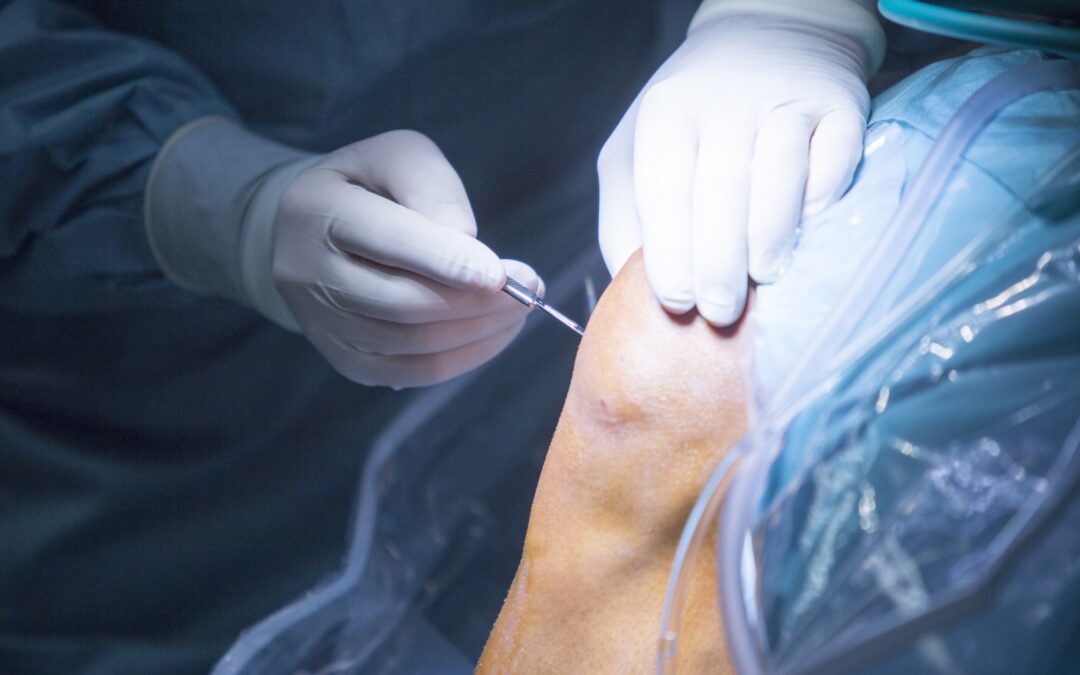Total knee replacement surgery has become one of the most effective solutions for individuals suffering from chronic knee pain and mobility issues due to arthritis, injury, or degenerative joint disease. At Vidyasagar Hospital, we provide world-class orthopedic care using the latest advancements in surgical techniques and patient care. In this comprehensive guide, we walk you through what to expect during a total knee replacement surgery procedure—from preparation to recovery.
Understanding the Total Knee Replacement Surgery Procedure
Total knee replacement surgery, also known as knee arthroplasty, involves removing damaged cartilage and bone from the surface of the knee joint and replacing it with an artificial implant made of metal and plastic components. This restores alignment, improves function, and relieves pain significantly.
Pre-Surgery Evaluation and Preparation
Before the actual procedure, patients undergo a thorough preoperative assessment, including:
- Medical history review to assess overall health.
- Physical examination to evaluate the range of motion, strength, and deformity.
- Imaging tests, such as X-rays or MRI scans, to determine the extent of joint damage.
- Blood tests and ECG to ensure you’re fit for surgery.
Patients may be advised to stop certain medications and are encouraged to maintain optimal body weight and control any chronic conditions like diabetes or hypertension.
The Day of the Surgery: Admission and Anesthesia
On the day of your total knee replacement surgery procedure, you’ll be admitted to the hospital and prepped for the operation:
- You will change into a surgical gown.
- An IV line will be started to administer fluids and medications.
- The anesthesiologist will discuss options—general anesthesia (you’ll be asleep) or spinal anesthesia (you’ll be awake but numb from the waist down).
Once anesthesia is administered, the surgical site is cleaned and sterilized.
Step-by-Step Surgical Process
The total knee replacement surgery procedure typically takes 1 to 2 hours. Here’s a detailed breakdown:
1. Incision and Exposure
A 6–10-inch incision is made over the front of the knee to access the joint. The surgeon carefully moves aside the kneecap and surrounding muscles.
2. Removal of Damaged Structures
Worn-out cartilage and a small amount of underlying bone are removed from the femur (thigh bone), tibia (shin bone), and underside of the patella (kneecap).
3. Implant Positioning
Specialized instruments are used to shape the remaining bone, and custom-fit implants are placed. Cement or press-fit methods are used to secure them.
4. Patella Resurfacing (if necessary)
Depending on the damage, the underside of the kneecap may be resurfaced with a plastic component.
5. Closure and Dressing
The surgeon checks for proper alignment and movement before suturing the layers of tissue. A sterile dressing is applied, and you are moved to the recovery room.
Post-Surgery Recovery and Hospital Stay
Recovery begins immediately after the procedure:
- Monitoring in the recovery room for vital signs and anesthesia after-effects.
- Pain management through IV medications or nerve blocks.
- Physical therapy starts within 24 hours to encourage mobility and prevent complications.
- You may use a walker or crutches during the first few days.
Most patients stay in the hospital for 2–4 days, depending on overall health and recovery pace.
Pain Management and Rehabilitation
Pain and swelling are normal after total knee replacement surgery. We ensure effective pain control through:
- Oral or IV pain medications
- Cold compresses to reduce swelling
- Elevating the leg while resting
Physiotherapy is crucial—initial exercises focus on strengthening the quadriceps, regaining knee movement, and improving balance. A full rehabilitation program will be outlined upon discharge.
Expected Timeline for Recovery
Recovery varies by patient but typically follows this general timeline:
- Weeks 1–3: Walking with assistance, performing daily activities with minimal help.
- Weeks 4–6: Improved strength, less pain, and more independence.
- Months 3–6: Return to light activities like swimming or cycling.
- After 6 Months: Most patients resume normal lifestyles with significant pain relief and enhanced mobility.
By the 12-month mark, patients experience optimal results of the total knee replacement surgery procedure.
Long-Term Benefits and Outcomes
A successful total knee replacement surgery procedure offers:
- Dramatic pain relief
- Improved joint function
- Better quality of life
- Long-lasting results—implants typically last 15–20 years
Patients report high satisfaction levels, particularly when they adhere to physiotherapy and post-surgical guidelines.
Why Choose Vidyasagar Hospital for Your Knee Replacement?
At Vidyasagar Hospital, we pride ourselves on:
- A team of highly experienced orthopedic surgeons
- State-of-the-art operating theaters
- Advanced imaging and robotic-assisted surgery options
- Personalized rehabilitation programs
- Exceptional patient care and follow-up
Your journey to pain-free mobility begins with the right surgical partner. We ensure a seamless and safe experience from consultation to recovery.
Conclusion
A total knee replacement surgery is a life-changing solution for individuals suffering from debilitating knee conditions. By understanding each stage of the process—from preparation to recovery—you can approach the surgery with confidence. At Vidyasagar Hospital, we’re committed to helping you regain mobility, reduce pain, and enhance your quality of life through expert care and advanced medical practices.
If you’re considering knee replacement or want to learn more about your options, contact our orthopedic department today for a personalized consultation.




Recent Comments